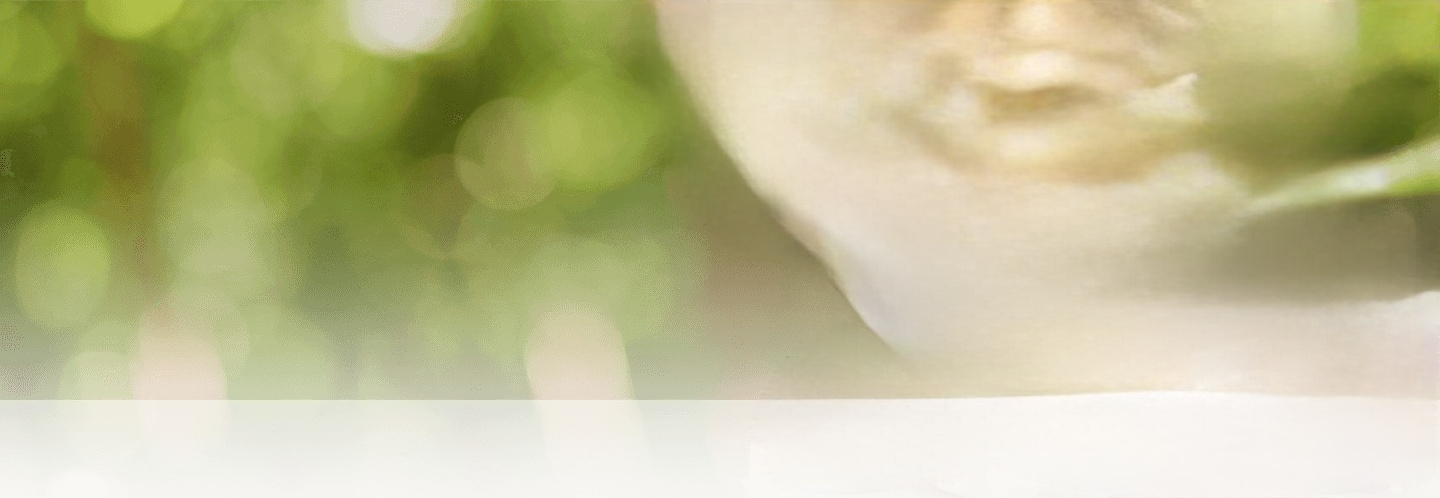Facelift/Neck Lift Information
Facelift/Neck Lift Information
You will soon be having a facelift/necklift by A/Prof Damian Marucci. The purpose of this surgery is to tighten the skin and soft tissue of the cheeks, jowls and neck area. The surgery is performed under general anaesthesia – you will be completely asleep. The operation takes a few hours but you can go home the same day. Expect a downtime from social activities for 2 – 3 weeks.
Before the Surgery
- You will need to stop all blood thinner medications before the surgery. Let A/Prof Marucci know which blood thinners you are on. You will be told when to stop these types of medicine and when you can recommence them after surgery.
- You will be told a few days before the surgery when to be at the hospital and when to stop eating and drinking
The Surgery Itself
- You will be taken into the operating theatre and the anaesthetist will make you go to sleep by giving you medicine through a drip
- A/Prof Marucci will then put local anaesthetic solution into the face and neck. Incisions are then made around the ear and underneath the chin. The skin of the face and neck are lifted off the tissues underneath. The tissues underneath are tightened and lifted. The excess skin in front of and behind the ears is trimmed. Drains (small hollow tubes that drain away fluid) are placed into the cheeks and neck and are connected to small cannisters. The wounds in from of the ear are closed with stitches, and the wounds in the scalp behind the ear are closed with staples. Dressings are placed on the wounds. A “neck binder” is then applied – this is like a stretchy bandage that goes under the chin and does up with Velcro on the top of the head. It applies gentle pressure to the cheeks and neck
- Everyone’s face and neck are different so the surgery varies slightly between each patient. Surgery may also involve
- Taking a small amount of fat from the tummy and injecting it into the cheeks (fat grafting)
- Liposuction to the jowls
- For long procedures, sometimes we need to empty your bladder with a catheter at the end of the procedure. This is removed straight away but there might be some discomfort afterwards
After the surgery
- You will go home on the day of the surgery. Take it easy when you get home. Leave the dressings alone. You will be able to see the drain cannisters but you don’t have to do anything with them
- Sleep on an extra pillow or two. It is normal to be swollen, bruised and puffy for the first week or so. Make sure you have cancelled all major social engagements for 3 weeks after surgery.
- The local anaesthetic will last for a few hours. You will be given painkillers to go home with
- If there is any bleeding from the wounds, put firm pressure on the bleeding spot for at least 10 minutes with clean tissues. This should stop 99% of all bleeding. Look at the clock and make sure it is a full 10 minutes. If the bleeding hasn’t stopped after 20 – 30 minutes of pressure, let the rooms or A/Prof Marucci know
- If there is spreading redness / increasing pain / signs of infection, please let the rooms or A/Prof Marucci know
- You will see A/Prof Marucci one or two days after the surgery. He will remove the drains and inspect the wounds. After that, you can remove the neck garment and shower NORMALLY over the head and neck area, using soap / shampoo / everything you would normally shower with. The wounds can get wet. After your shower, pat the wounds dry and apply a thin layer of Vaseline to the stitches in front of the ear and under the chin
- The non dissolving sutures under the chin and in front of the ears are removed after one week. The staples behind the ears are removed after 2 weeks
- Most patients are able to drive a few days after surgery.
- No swimming and no exercise for two weeks after the surgery. Nothing “for” exercise (you can walk – but not for exercise)
